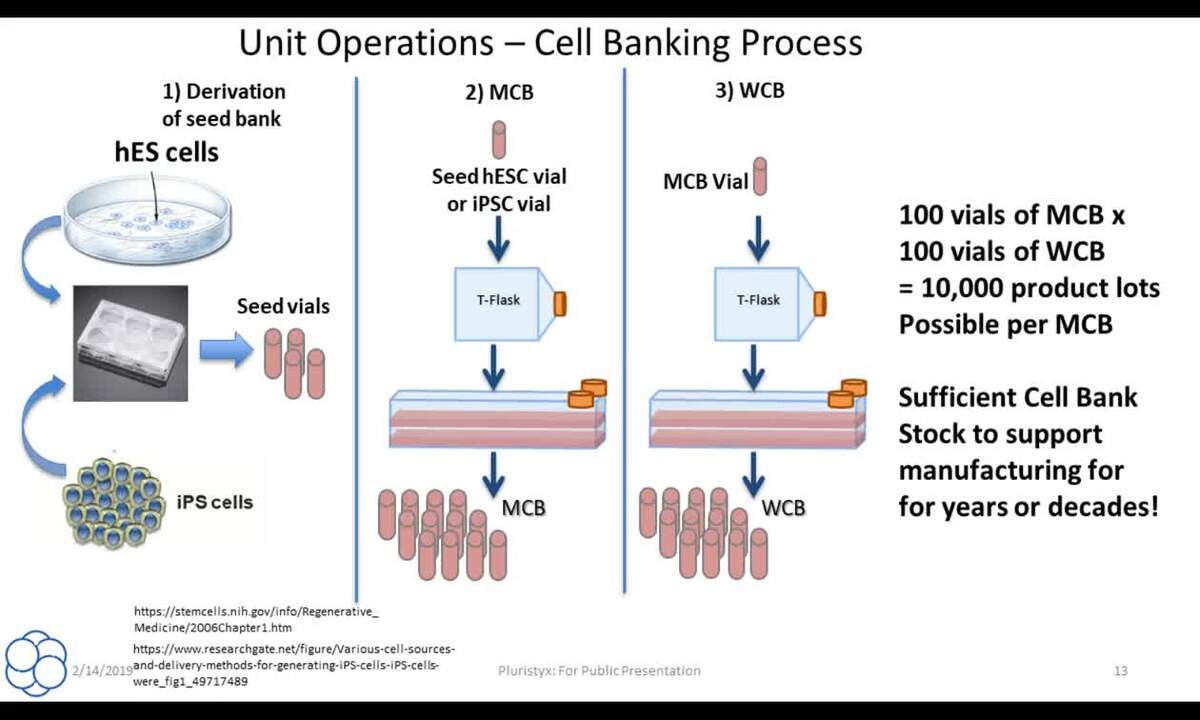In reading various threads about harvesting your yeast and that one should only harvest for a few generations otherwise yeast begins to mutate got me thinking "how do commercial companies such as White Labs and Wyeast do this generation after generation without altering the yeast's characteristics?"
On a similar thought if one harvest the yeast from your low gravity starter does that minimize the impact of generational mutation and you don't need to worry about using a 20th generation WLP001 given proper sanitation is followed?
On a similar thought if one harvest the yeast from your low gravity starter does that minimize the impact of generational mutation and you don't need to worry about using a 20th generation WLP001 given proper sanitation is followed?















































![Craft A Brew - Safale S-04 Dry Yeast - Fermentis - English Ale Dry Yeast - For English and American Ales and Hard Apple Ciders - Ingredients for Home Brewing - Beer Making Supplies - [1 Pack]](https://m.media-amazon.com/images/I/41fVGNh6JfL._SL500_.jpg)











